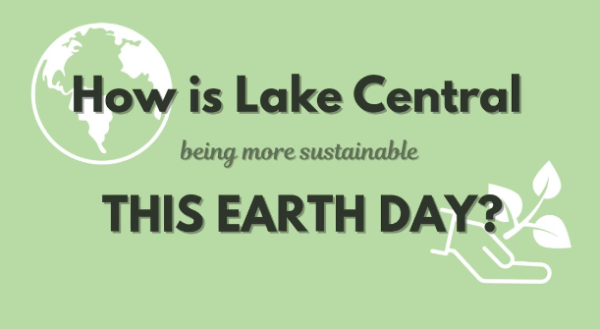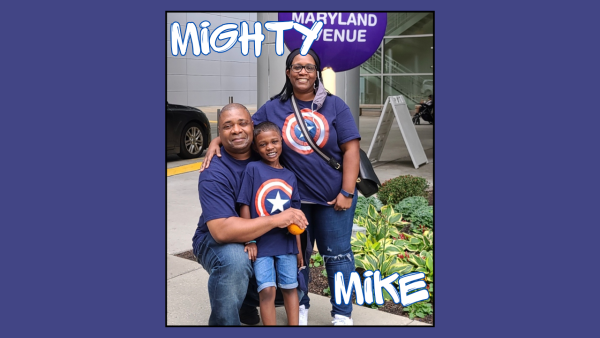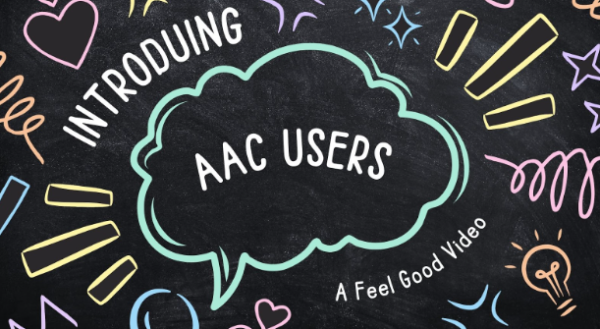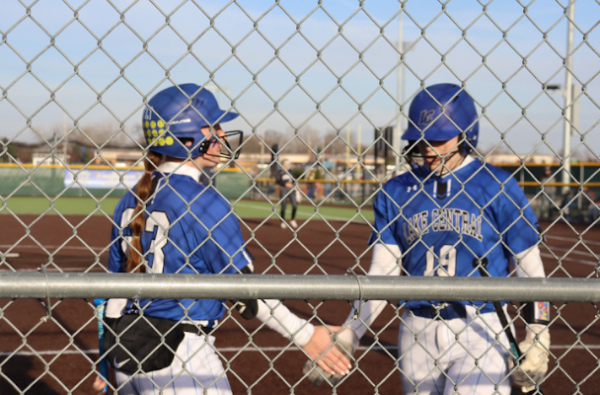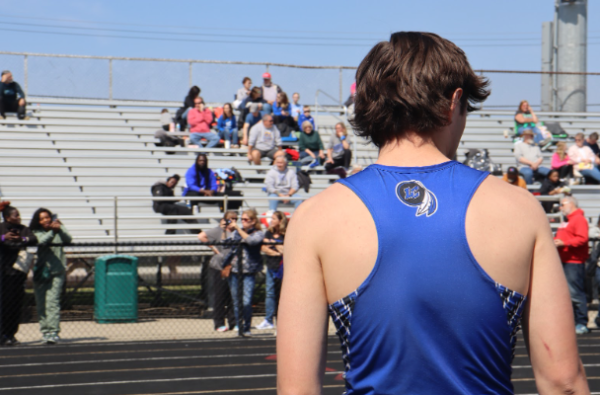How the Outbreak of COVID-19 Revealed the Truth Behind Students’ Mental Health
The CDC (Centers for Disease Control and Prevention) recommends individuals to practice social distancing, a technique used to prevent the spread of the virus that involves physical isolation. Governor Eric J. Holcomb issued a stay-at-home order for the state of Indiana to assist in this process. Illustration by: Nitya Shah
March 30, 2020
With the recent outbreak of the perilous COVID-19, our nation’s been on lockdown. Conferences canceled, festivals postponed, sports seasons ending before they even begin and (as of March 30, 2020) schools shut down until May.
A pandemic this prevalent hasn’t hit our planet for almost a century, so many individuals are unsure how to react to this news–and this includes students. For a couple of months now, they have been fabricating all types of jokes about the virus, but now it’s here. It’s here and it’s going to take some time before it’s gone.
So how exactly are teens reacting to the school cancellations due to the spread of this menacing sickness? Celebration. They’re celebrating because they feel a sense of relief. Not relief in response to the extensive measures being taken to keep them safe, but relief because they are not forced to wake up before the sun rises in order to get an education.
This single reaction reveals far too much about the mental state of high school students. They are exhausted from working so hard and so early that they feel as if they’ve just gotten a break, and this pandemic–with over 140,000 cases in the U.S.–is far from that.
There are many explanations to justify the reaction of students to the pandemic. Some may say that this is a generational thing. Gen Z is known for our absurd humor at downright depressing times, so with the uncertainty of the state of our world right now, this positive reaction may just be some sort of defense mechanism.
Yet, more often than not, the reason is a lack of motivation in school as a whole. This attitude most likely stems from the lack of sleep to the absence of a proper meal; I mean public school isn’t much of a package deal, and after we got put into this quarantine, it is apparent that much of the student body isn’t really fond of it either.
So how is this fixable? If I’m going to be honest, I’m not sure. There are ways to make public schools more comfortable for students, but it’s not necessarily the comfort we are craving. We crave support, understanding and freedom. We want teachers and faculty we can rely on to go to them with our problems. We want the freedom to learn what we are interested in, and what we may want to do as a career.
We need a reminder that the education we are getting is a privilege, because lately, it has not been feeling like one.






